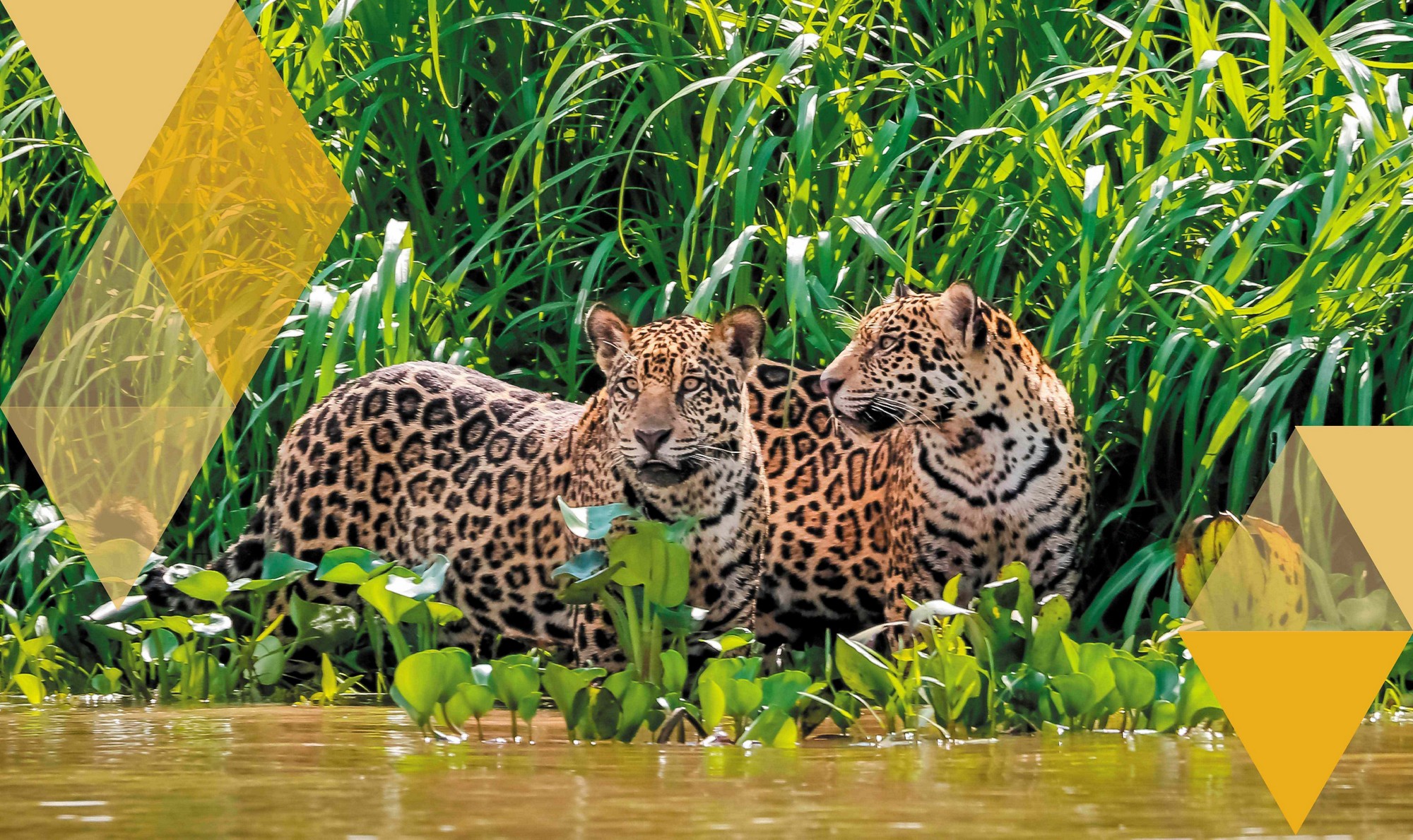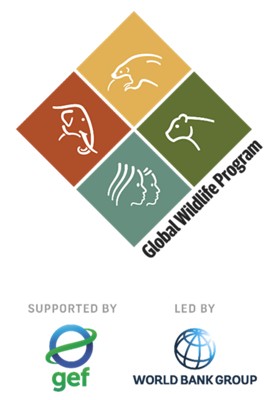
Human-wildlife conflict (HWC) is an increasing threat to conservation and sustainable development. HWC is complex and, as a result, projects have identified it as one of the top priorities for knowledge exchange and capacity building, particularly in how to effectively engage media. In response, the GWP coordination project has organized a series of knowledge exchanges. The first, held across time zones in September and October 2023, explored the crucial yet often ignored role that the media can play in mitigating HWC.
This second workshop takes a deep dive into aspects of media engagement, specifically how a project or a government could take the first step in collaborating with media and what such an engagement looks like. This session brought together 56 participants from 32 countries and was facilitated by Virat A Singh, GWP consultant on Human-Wildlife Conflict and Media and Hasita Bhammar, Environmental Specialist with the Global Wildlife Program.
- OVERVIEW
- AGENDA
- RESOURCES
- RELATED
The knowledge exchange on media engagement for human-wildlife conflict mitigation was a pivotal platform for understanding the media’s integral role in reducing HWC and how to regularly engage with media representatives.
Participants learned about media engagement through the lens of six different GWP projects, with country case studies from Malawi, Mozambique, Panama, Mali, Namibia and India. Each shared engagement efforts to ensure accurate, informed and balanced media reporting.
The key highlights and takeaways
The session outlined a path forward for continuous interaction, educational workshops, and leveraging diverse media channels to enhance public awareness and foster harmonious coexistence between humans and wildlife.
Active involvement of local media in conservation efforts can significantly impact public awareness and behavior.
Proactively engaging media can help change the HWC narrative from negative to balanced.
Accurate reporting on human-wildlife conflict positively impacts public opinion on conservation.
Educational workshops for media professionals help ensure accurate, balanced reporting. It is an opportunity to raise awareness about the misuse of terminology and the need for credible sources.
It is important to translate scientific information into simple language for broader understanding and media dissemination.
Avoid sensationalism and build trust through respectful and productive communication.
Social media and digital platforms offer valuable channels for engaging the public and media in conservation dialogues.
Tools like Facebook have helped engage communities and serve as a reliable voice on HWC issues
Creating WhatsApp groups has helped some project teams and governments act quickly and control the narrative in complex HWC situations. It has also helped build long-term relationships with journalists and media professionals. The groups have also been a way to share relevant information and quickly respond to developing stories.
Continuous engagement and open channels of communication between conservation entities and the media are essential for effective conservation messaging.
In one successful example, the program created a detailed list of media outlets and journalists focusing on environmental coverage.
Then they analyzed media types, credibility, and coverage to create the most effective media strategy.
Allocate budgets for media communication and strategy and involve communications experts.
A dedicated budget allows for hosting workshops, creating guidebooks, regularly updating social media channels and creating professional content.
It also makes it easier to monitor stories as they develop and be more accessible to the media.
In each case study, the media engagement plan was tailored to the program’s resources, needs and capacity. A result they all shared was an improvement in public attitudes towards HWC, with messages and broader media coverage moving from negative to a more nuanced understanding of conservation challenges.

Welcome by Lisa Farroway, Program Manager, Global Wildlife Program, World Bank
Presentations by:
- Leonard Chilando Moyo, Senior Parks and Wildlife Officer Divisional Manager Department of National Parks and Wildlife Government of Malawi
- Dr. Franziska Steinbruch, Senior officer of GIS and research National administration of Conservation areas Mozambique
- Ricardo Moreno, Wildlife biologist and CEO Yaguara Panama Foundation & Natalia Young - Vice President of the Yaguara Panama Foundation
- N'Dje Hamey, National Project Coordinator for the GWP Mali project
- Raili Hasheela, Project Manager Integrated Human Wildlife Conflict and Wildlife Crime Management Project Namibia
- Krishna Kumar, National Project Officer (Secure Himalaya) Wildlife Division – India
Wrap-up and next steps
- Presentations in English
- Guidelines: Cooperation between the Forest and Media sector in India
- IUCN Guidelines: Chapter 18, “Engaging with the media and social media”.
- Research article: The impact of media workshops on the reporting of human-leopard interactions in Mumbai, India.
- Global Wildlife Program
- International Conference on Human-Wildlife Conflict, March 2023
- Media and its Impact on Human-Wildlife Conflict Perceptions, September/October 2023
Date: January 25 - February 25, 2024 ET
Location: Online
